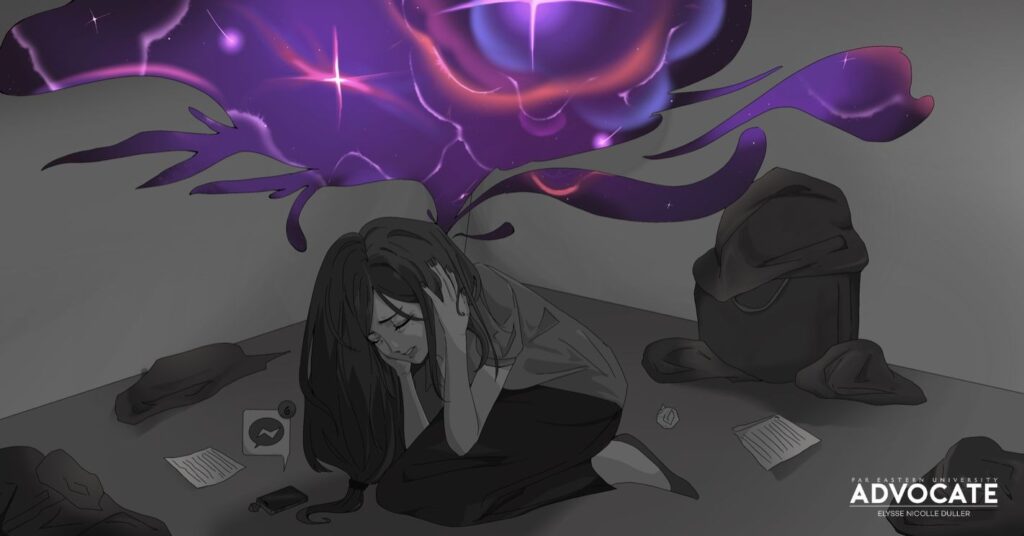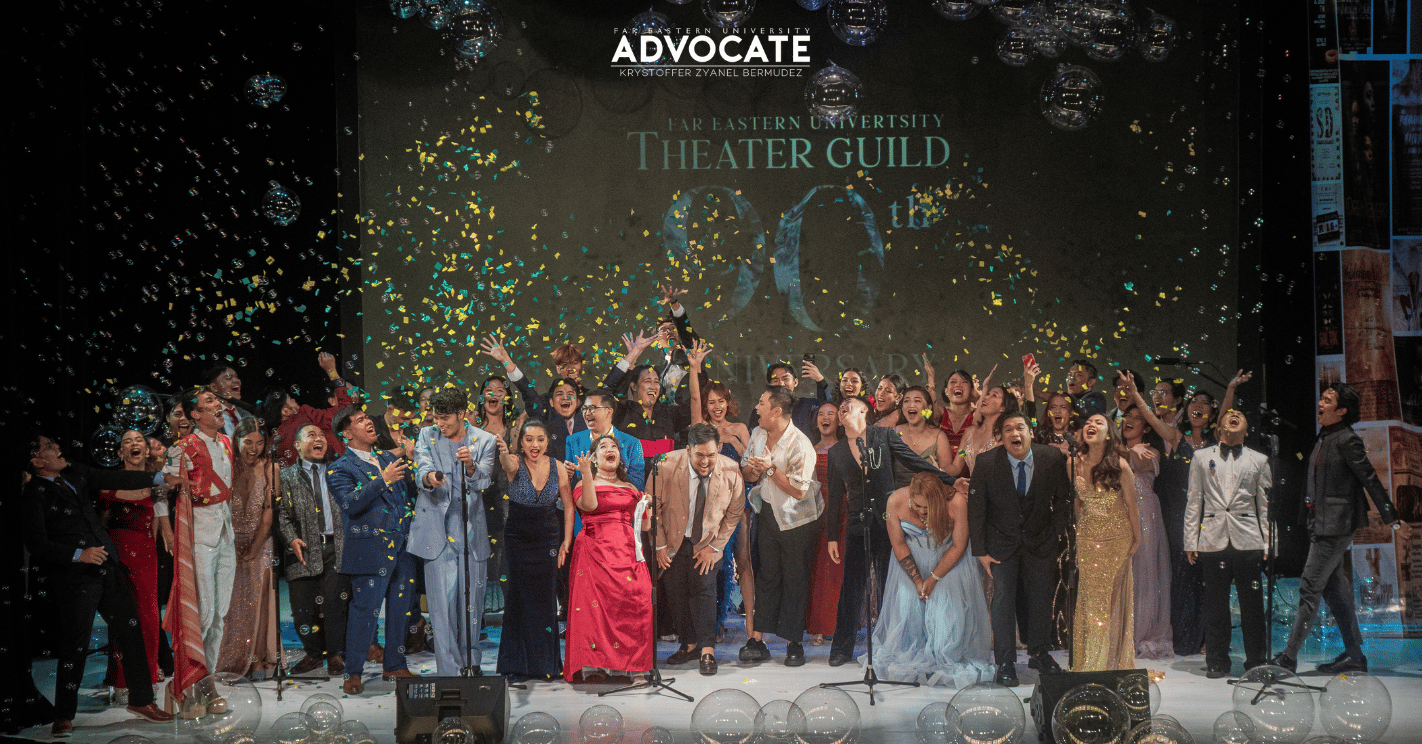
Rookie Pre on 4th straight loss: ‘Laban lang’
- September 22, 2024 20:44
FEU Advocate
October 25, 2025 17:18

In chemistry, combustion is classified as an exothermic redox reaction process where bonds break and form again in exchange for flame. The equation is simple: fuel plus oxygen releases energy and enters a state of ignition.
Science tells us that for combustion to continue, three things must be present: fuel, oxygen, and heat.
I think the same goes for us humans.
Some of us were born as highly reactive substances—unstable compounds disguised as people. Our hearts store kindling beneath ribcages. Our thoughts gather like gas vapors, invisible yet volatile.
A single unexpected memory that crosses the mind becomes a catalyst.
The body responds the only way it knows how: it releases cortisol like gasoline, adrenaline like sparks. The pulse quickens. The breath shortens. The world narrows. And somewhere inside you, a voice decays. One word, one sound, one familiar place—and suddenly, we are on fire again.
But reconsider; fire is not inherently an enemy.
After all, it was fire that turned raw meat into nourishment. Fire shaped iron into tools. It was fire that lifted rockets beyond the atmosphere. Even the stars above us—our ancient guardians—are colossal furnaces, spending their entire existence in nuclear combustion just to shine.
Even supernovae, which have the loudest deaths in the universe, do not vanish into nothing. They scatter gold, iron, and oxygen, leaving behind the elements necessary for life.
So why do we hate ourselves when we blaze?
Perhaps it is not the art of extinguishing fire, but of learning how to burn without turning to ash. So no, you are not a failure for burning too quickly. You are not weak for flickering.
You are matter undergoing reaction.
You are fire learning restraint.
You are living proof that combustion is not just destruction.
(Illustration by Elysse Nicole Duller/FEU Advocate)









